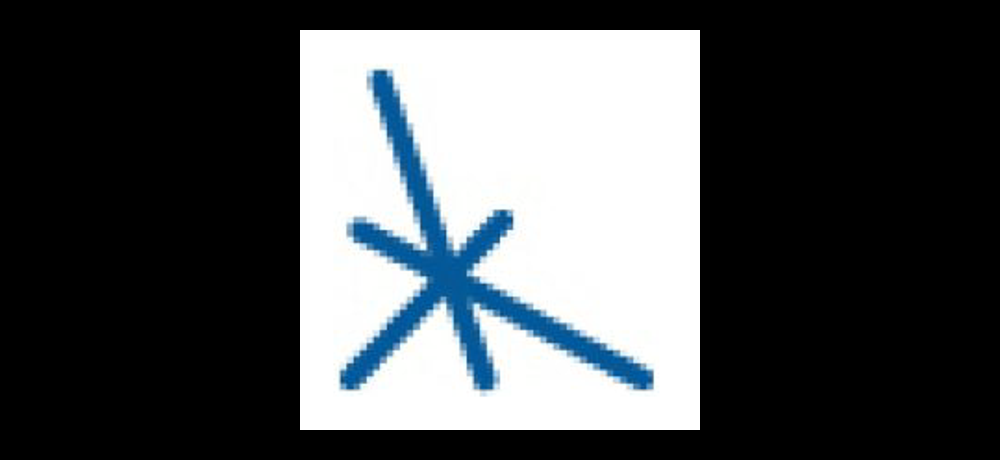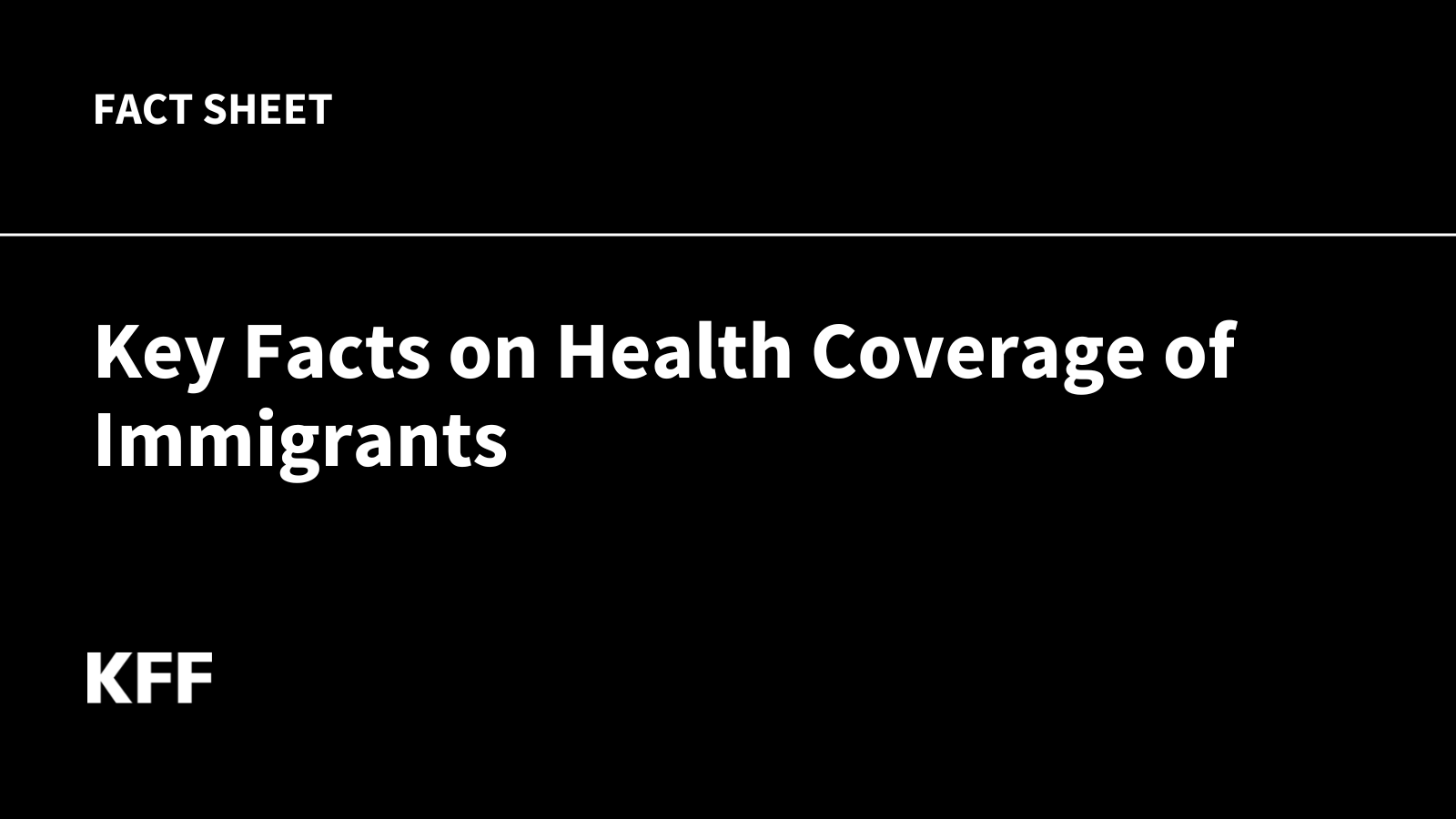
Technology is shaping operations, care delivery, staffing, and regulatory risk management in nursing homes, and its deployment, long thought to be behind the times, is finally catching up to other sectors within the health care continuum.
From AI-driven care models to workflow-enhancing dashboards and predictive analytics, it’s clear that skilled nursing providers are not only adopting tech, but they’re adapting their organizations around it and making quality and financial gains, leaders from various nursing home organizations said at Skilled Nursing News’ RETHINK conference held in Chicago recently.
The use of technology at Brickyard’s facilities has produced dramatic results, allowing for better regulatory and risk management, Brickyard Healthcare’s chief clinical officer, Lisa Chubb, said. Her organization has received fewer than two high-scope, high-severity citations this year.
“We use remote nurse positions to line up progress notes and pull out keywords. Every single day, we’re scanning records for potential risk areas and addressing them immediately,” Chubb said.
Indiana-based Brickyard Healthcare operates 23 facilities in the state.
Risk mitigation
Artificial intelligence and predictive analytics are transforming skilled nursing by helping providers detect risks early and take timely action, according to Joseph Kiernan, chief strategy officer and senior vice president network development at Ocean Healthcare.
“Care coordination models and care management models that are AI based are very, very big, really coming up,” he said.
Kiernan shared how his organization is using a tool that analyzes patient data to forecast potential health issues and prompt interventions, such as flagging early signs of a congestive heart failure episode. The system helps identify missed treatments and recognizes patterns before they escalate, ultimately reducing hospital readmissions. This creates value for hospital partners, he said, noting that preventing a single emergency room visit could save around $18,000.
“We’re actually working with one of our partners on those predictive analytics,” he said. “The predictive analytics of what’s going to happen to a patient statistically [prompts] the provider to take the right action, our staff member to make the phone call.”
New Jersey-based Ocean Healthcare operates 12 facilities in New Jersey, and provides a comprehensive range of care in the state and surrounding areas, including post-acute care, skilled nursing care, long-term care, assisted living communities and other services such as acute psychiatric care hospitals and outpatient behavioral health.
Dr. Robert Russell, chief medical officer at Majestic Care, said risk mitigation tools, such as those associated with PointClickCare (PCC), are very effective for his organization. He also pointed to emerging AI solutions, such as ExaCare, which use keyword tracking in admission software to flag high-risk issues like antipsychotic use earlier in the care process, before traditional peer review would typically catch them.
Majestic Care operates 42 properties across Indiana, Ohio and Michigan, and 10 for its Bluegrass Consulting Group in Kentucky.
Operational benefits
Increased AI use is leading to operational efficiency on several fronts. And for Journey Skilled Nursing, it has been helpful on the administrative side as well.
Journey’s facilities use PointClickCare’s (PCC) scrubber tools to help “clean” or optimize clinical documentation and coding. These tools cut down time spent on manual documentation for compliance such as the minimum data set (MDS). Failure to complete and submit accurate MDS data can lead to enforcement actions, and the scrubbing tools allow nursing home administrators to pivot their time from paperwork to focus on better bedside care, said Matt Trammel, COO at Journey.
“[The PCC scrubber] shrinks the amount of time that our nurse admin spend gathering that info, and gives them more time to take action,” Trammel said.
Journey’s facilities also use technology provided by Execute for more cost-effective referral management. The AI-enabled system processes high-volume referrals quickly and accurately, reducing the need for multiple intake staff.
Indiana-based Journey has 22 facilities across six states, including Georgia.
“In a high volume market like Georgia, where you’re getting 100, 150, 200 referrals a day for just one facility, it gives us the ability to work with speed and efficiency to process those,” he said. “That saves us probably two to three central intake folks.”
Another operational benefit may stem from efficiencies in staffing.
By analyzing staffing data, organizations can uncover unexpectedly high turnover in specific departments, allowing social work to be compared to nursing, for example, according to Dan Strittmater, VP of innovation and bench strength at Monarch.
As a result, data can challenge assumptions and guide better decision-making, he said.
“[We’re] definitely using data to pull back the curtain and show the decision makers, in whatever department and operations, where they’re really missing the boat, showing them [that] one department or one division has a significantly higher turnover than another,” he said.
Platforms like Indeed and applicant tracking systems (ATS) are also generally gaining more traction, Strittmater said, and are central to Monarch’s hiring process. However, he sees a gap in onboarding, noting that his organization’s ATS isn’t fully leveraged to support that phase.
Monarch Health Management operates 45 skilled nursing facilities (SNFs) as well as over 20 long-term care communities across Minnesota.
For Brickyard, Chubb also described a “transformational care” role that incorporates technology into bridging value-based care and regulatory oversight. These trained professionals, equipped with RAC certification and knowledge of MDS quality metrics, use a dashboard tool to monitor and flag risks in real time.
Caveats to AI use
AI tools may process the data faster and flag issues more precisely, but human oversight and accurate data collection remain essential. For that reason, QAPI, chart audits, and peer reviews must continue to be the source for data integrity.
“I don’t think it changes, ‘garbage in … garbage out,’ whether you’re doing it on an Excel spreadsheet or if this is all happening live behind the scenes,” Kiernan said. “You still have to do things the right way. So our chart audits, our peer reviews, all of that still has to continue.”
link





